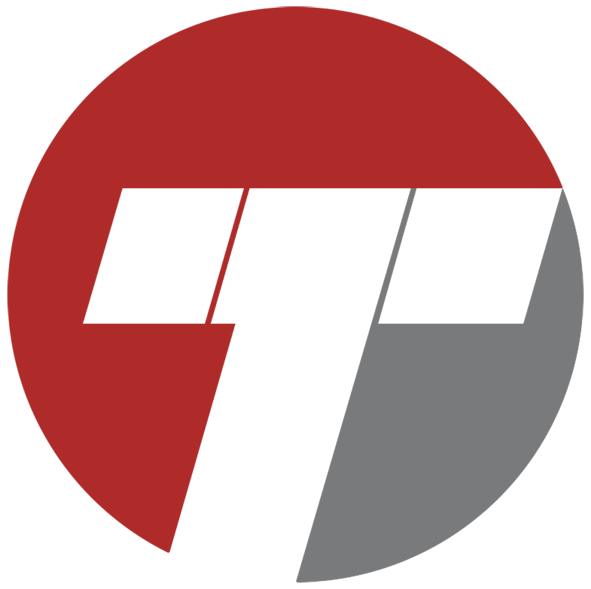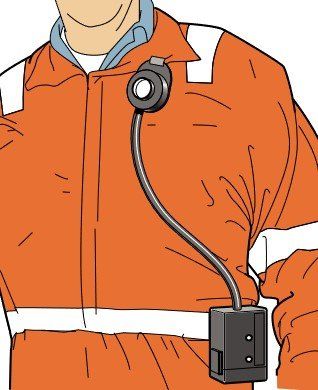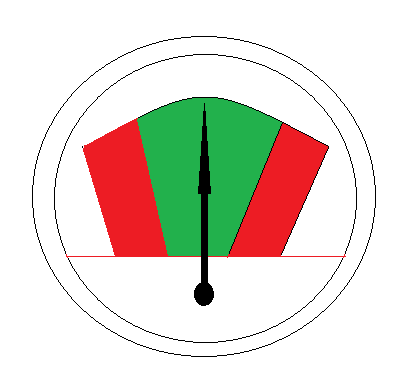Blog Layout
Routine or preventative maintenance of your LEV system is important.
The capital investment spent to install and commission your local exhaust ventilation (LEV) system will not be well spent or offer long term protection if you do not have a robust preventative maintenance schedule in place. Unfortunately, many systems are maintained on a reactive basis, meaning we wait until it breaks, then repair. Waiting until something breaks down is dangerous way to run a system, especially if you rely on it to control hazardous substances and protect your workforce during your daily operation.
A well-designed LEV system will provide airflow at the hood that is sufficient to control and remove the airborne hazardous substance(s). However, they are rarely designed with an abundance of redundancy, as this will increase initial expenditure and running costs. Due to the tight tolerances within the design, it is critical that systems are maintained in good, clean, and efficient working order, as it states in the Control of Substance Hazardous to Health (COSSH) Regulations, regulation 9(a).
When deterioration occurs the control becomes compromised, often without operators noticing. This means exposure to hazardous substances may occur which, in turn, can cause ill health of all those exposed, as well as resulting in the employer breaching the COSSH regulations. Gradual degradation can be caused by many things such as: contaminant build up in the ductwork causing blockages, damaged or blocked filters or unauthorised modifications to the system. Sudden failures such as drive belts snapping or fan/motor failure are detected quickly but do result in the system being immediately offline.
The purpose of a preventative or predictive maintenance schedule is to determine or predict which elements / components of the system are likely to fail should they be left, and to keep the system operating as close to design figures as is possible. For example, a decrease of 10% in transport velocities could mean that coarse particles are not being conveyed to the filter and cause blockages in the duct, leading to loss of control at the hood. Regular checks on the system can spot trends in the performance that would identify deterioration of the system’s ability to control employee exposure.
A good maintenance schedule will, as a minimum, provide: -
A well-designed LEV system will provide airflow at the hood that is sufficient to control and remove the airborne hazardous substance(s). However, they are rarely designed with an abundance of redundancy, as this will increase initial expenditure and running costs. Due to the tight tolerances within the design, it is critical that systems are maintained in good, clean, and efficient working order, as it states in the Control of Substance Hazardous to Health (COSSH) Regulations, regulation 9(a).
When deterioration occurs the control becomes compromised, often without operators noticing. This means exposure to hazardous substances may occur which, in turn, can cause ill health of all those exposed, as well as resulting in the employer breaching the COSSH regulations. Gradual degradation can be caused by many things such as: contaminant build up in the ductwork causing blockages, damaged or blocked filters or unauthorised modifications to the system. Sudden failures such as drive belts snapping or fan/motor failure are detected quickly but do result in the system being immediately offline.
The purpose of a preventative or predictive maintenance schedule is to determine or predict which elements / components of the system are likely to fail should they be left, and to keep the system operating as close to design figures as is possible. For example, a decrease of 10% in transport velocities could mean that coarse particles are not being conveyed to the filter and cause blockages in the duct, leading to loss of control at the hood. Regular checks on the system can spot trends in the performance that would identify deterioration of the system’s ability to control employee exposure.
A good maintenance schedule will, as a minimum, provide: -
• Proof that the system is currently protecting employees by means of exposure monitoring.
• Set baseline figures of performance values.
• Establish degradation and trend monitoring to give early warning of failure.
• Take corrective action should performance values fall below an agreed tolerance.
• Maintain compliance with the COSHH regulations and workplace exposure limits.
The above are some key points, and the detail of a maintenance schedule will depend on many other factors, like the toxicity of the substance or the flammability / explosive risk of a substance, age of the system and nature of the environment.
The key element is to prevent unnecessary, and avoid unexpected, exposure to hazardous substances, after all that is why the system was installed in the first place. Maintaining your system will extend its service life, protect your capital investment, and most importantly protect your workforce.
30 Mar, 2021
To answer this fully we need to give a bit of background, local exhaust ventilation (LEV) systems are engineering controls put in place to prevent employees from exposure to hazardous substances. Regulation 7 (1) of The Control of Substances Hazardous to Health Regulations 2002 (as amended) states. “Every employer shall ensure that the exposure of his employees to substances hazardous to health is either prevented or, where this is not reasonably practicable, adequately controlled. “ Under regulation 9 of the COSHH regulations, engineering controls provided to meet the requirements of regulation 7, the employer shall ensure that thorough examination and testing of those controls is carried out. This must be carried out by a competent person. Thorough examination, and testing (TExT) is also referred to as COSHH testing, statutory or routine inspections, and most commonly as LEV Testing. No matter what it is called, it is a legal requirement to have your LEV system subjected to a TExT by a competent person at least once in every 14-month period. There are certain systems that require more frequent inspections which are detailed in Column 1 of Schedule 4 the COSHH regulations. There are a few key components that are present on all systems. These are the hood, duct work, fan, and discharge, most systems have filtration installed too. The inspection ensures that control is being achieved at all sources or potential points of exposure to the hazardous substance, this means assessing the entire process not just the portion carried out under the LEV system. The assessment of control is done by using a combination of physical measurements and visual checks to prove its effectiveness. Measurements are taken at the hoods and various points in the ductwork/discharge to make sure the air speed is sufficient to keep the fume, vapour, dust or mist suspended in the air stream until is cleaned by a filter or discharged outside of the working area to a safe place. If the air is being cleaned, checks are also carried out on the filter to make sure it is effective, and the air being discharged is clear from contaminants. The plant, duct and hoods are also checked for their condition, suitability for the contaminant being controlled, fire rating, explosion rating and more. There are several other regulations and guidance documents that are relevant dependent on the environment, hazard, and processes. When control cannot be achieved fully by LEV alone, other measures can be used and these are also assessed for suitability and protection factors. This means that workplace exposure levels are measured to make sure exposure levels are below the levels set in HSE document EH40/2005- Workplace exposure limits. From an outsider’s perspective, the inspection may appear to be a simple check of performance but to the trained eye, observations are being noted throughout the entire visit to make sure you and your employees are protected from exposure to hazardous substances and that your control systems are, and remain, fit for purpose. We cant cover everything in a short post but hopefully this gives you an idea of what is involved and why it is important to bring in professional help.



